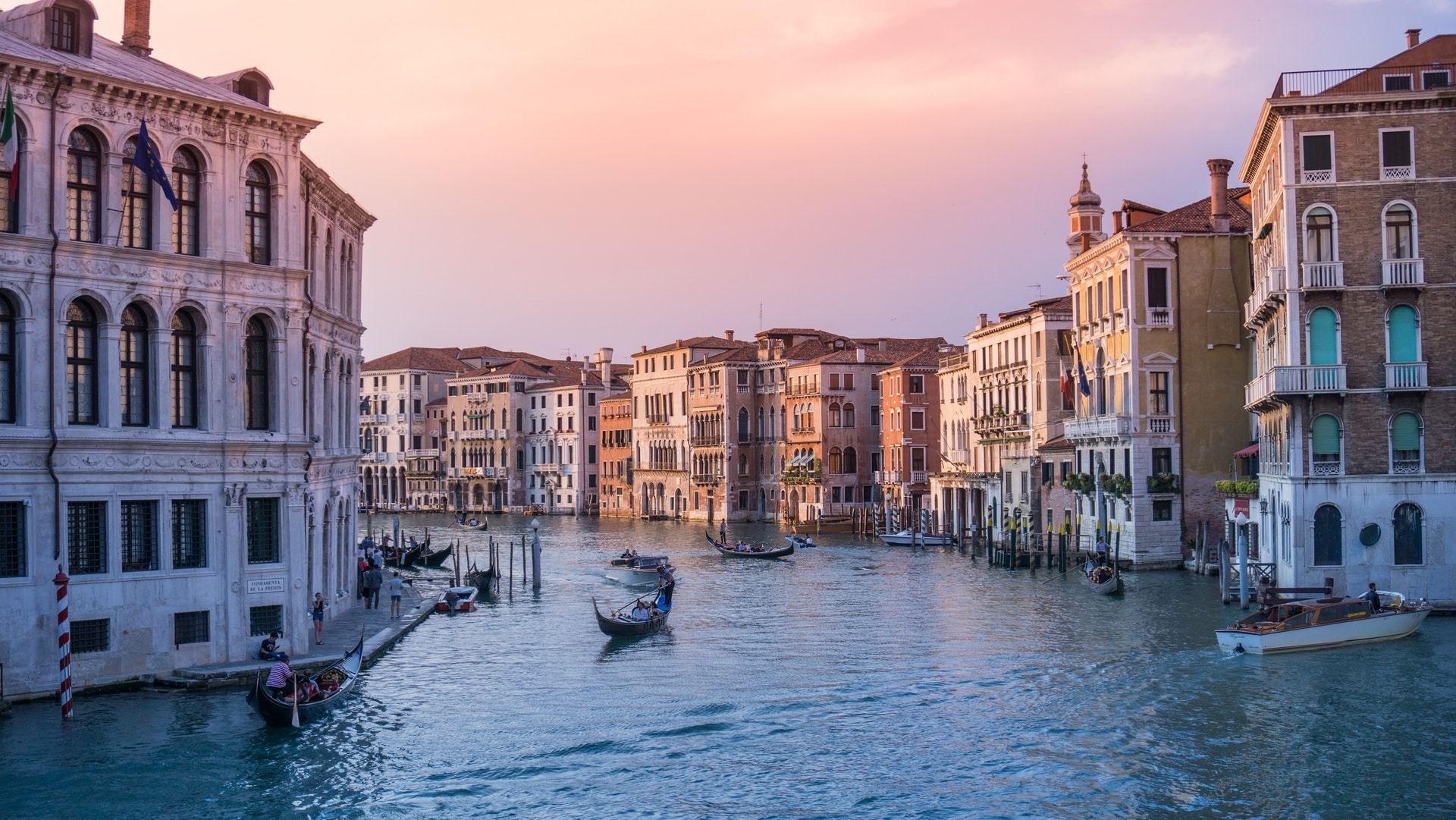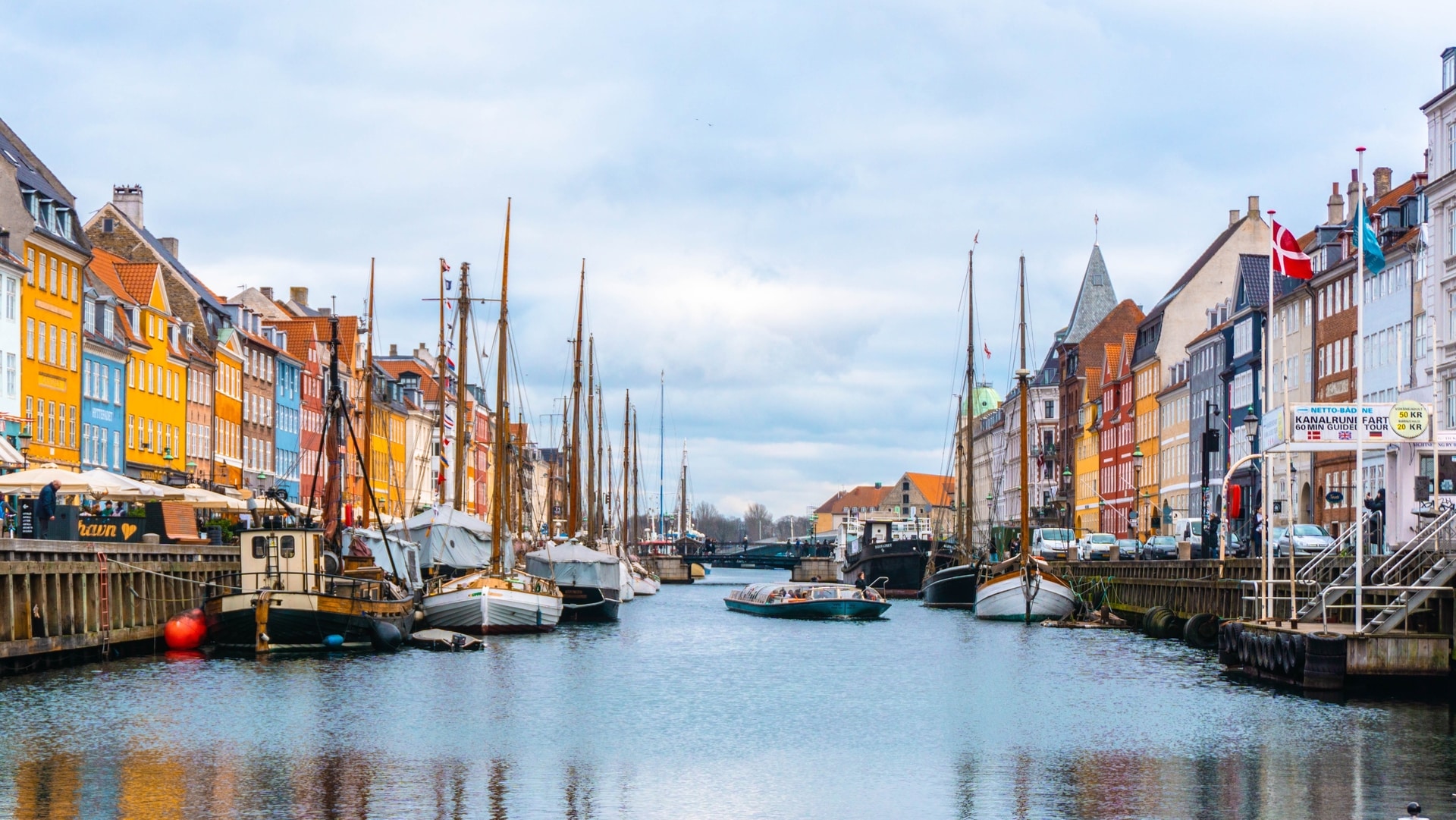
Destinations around the world are beginning to measure ‘successful tourism’ differently, and this is good news for travelers, locals and the environment. So what are the new metrics?
You might have missed it, but the European Commission recently dropped a 57-page report on the future of travel. It’s heavy reading, as you might expect, but there was some interesting stuff in there that could change the way European countries tackle the entire concept of tourism.
The big news is that Europe, starting now, will measure travel differently. For a long time, arrival numbers were more or less the only statistic that governments cared about. The more people you had visiting your country, and the more money they spent, the better at tourism you were.
RELATED: How Thailand’s Maya Bay cleaned up its act
Obviously this was a pretty crude way to analyze things, and it didn’t take into account environmental impacts, the effects of overtourism, or the opinions of the average Venetian gelato vendor. Now, thanks to this report, and the combined efforts of EU members, ‘successful tourism’ in Europe will look quite different.
“While most of Europe’s NTOs (National Tourism Organizations) have well-established tools to provide a wide range of KPIs (key performance indicators) related to the quantitative economic aspects of tourism, the majority still struggle with the wider picture of impact,” Luis Araújo, president of the European Travel Commission, told Skift. “Looking at metrics such as reach and economic value does not help anymore.”
So what does that mean for destinations? Well, tourism bodies will have to be more collaborative, and listen more to the views of locals. New environmental metrics should come into place too, forcing countries to grade themselves on issues like emissions, waste, carbon footprint and loss of habitat. For European travelers, it means the cities they visit should become greener, more environmentally conscious, and better at dealing with crowds.
The goal now is to look at tourism as a whole, and measure not just how much money it brings in, but where that money actually goes, and what impact visitors have on people and place. This is especially relevant for destinations like Amsterdam and Barcelona, who bear the brunt of overtourism, and whose locals have been campaigning for years to reduce visitor numbers.
So when does this start? Well, the European Travel Commission will be releasing the new travel metrics soon, which is great news. And some destinations are already ahead of the pack.
Venice, for example, has recently approved a ban on cruise ships. They’ve also set up a traveler monitoring system to measure foot traffic, recording the movements of the 30 million people who pour into Venice every year—for a sense of scale, the population of Venice is only about 50,000.
Now, Venice can measure not just who arrives, but where they go, what they do, and how they spend their money. It’s the first step in minimizing tourist damage and creating policies to spread wealth more equitably throughout the city.
‘Successful tourism’ is being tackled in different ways. Greece has just announced a dedicated ‘sustainable tourism lab’ on the island of Rhodes. Baguio in the Philippines is floating the idea of a garbage tax for tourists, to help pay for the waste they generate. Amsterdam has brought in rules to block souvenir shops from displacing local businesses, as well as limits on holiday rentals and hotel development. It’s also the first city to fully adopt British economist Kate Raworth’s doughnut economics model for sustainability. Brussels, Nanaimo (Vancouver Island, Canada) and Copenhagen are also getting on board.
All of this means that cities and countries are starting to measure travel as more than simply numbers on a spreadsheet. We’ve been talking about ‘sustainable tourism’ for years, but now we’re seeing what that model might actually look like. There’s a long way to go, of course, but accurate measurement is definitely a step in the right direction. We can’t change what we don’t value, and we don’t value what we can’t see.





